Tuesday, 23 April 2024
Menu

Every Divesoft CCR Liberty rebreather undergoes a rigorous endurance test using a machine called the Big Bertha.
What is Big Betha and what is the testing process for each produced Divesoft CCR Liberty rebreather? You will find out in the following interview with Aleš Procháska, co-founder of Divesoft, conducted by Marcin Pawelczyk.
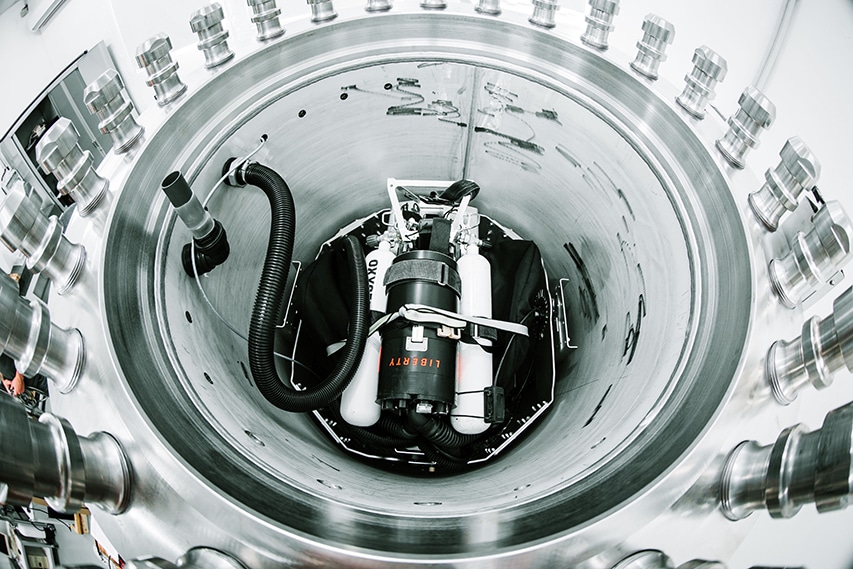
Basically the same as when diving, but the human is replaced by instruments in these unmanned tests. A stainless steel mannequin, called Iron Man, carries a rebreather on his back. He breathes through “artificial lung”, a computer-controlled breathing simulator that can simulate different breathing rates, depths of inhalation, and the flow of the breathing cycle.
Another device simulates oxygen consumption and carbon dioxide exhaled. A rebreather is submerged in water whose temperature can simulate conditions from the Arctic to the Persian Gulf. The water is in a massive pressure chamber that allows the pressure to reach as deep as 300 feet – and in fact, we went a little further in designing it to reach the magical 1,000-foot milestone.
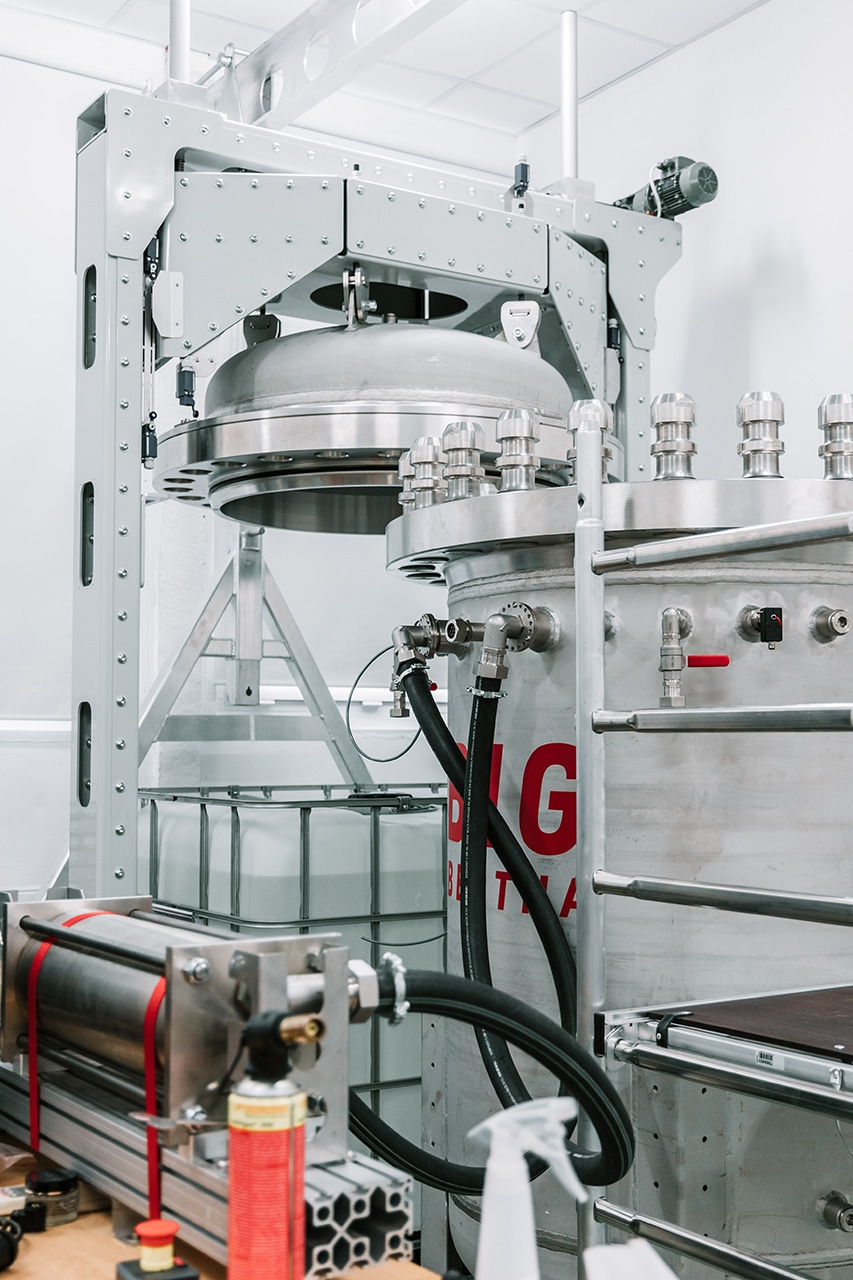
The basic measurement that most users are interested in is the work of breathing, which numerically summarizes how easy it is to breathe with the rebreather. This is important both for the comfort of the diver, but more importantly for whether a diver at great depths “breathes out” through the device during increased exertion in a crisis.
The second key parameter is the durability of the scrubber. This refers to how long the scrubber is able to absorb the exhaled carbon dioxide before its concentration rises above an acceptable limit.
In addition, Big Bertha measures the hydrostatic imbalance, which shows how the breathing resistance changes when the diver is upside down or perhaps in the supine position, the ability of the device to maintain the oxygen level without fluctuations. It measures where the water condensed from the exhaled moisture goes, the characteristics of the pressure relief valve and the automatic diluent delivery, the temperature of the inhaled mixture, or whether some of the exhaled air remains in the mouthpiece until the next breath.
The standard test conditions for a rebreather are a depth of 100 meters, a water temperature of 4°C, and a carbon dioxide exhalation rate of 1.6 liters per minute, which corresponds to the heavy exertion of the diver. No diver would be able to bear such a load for long, but the test equipment can withstand it for hours.
Then there are other combinations of parameters used for different specific tests, but they always have one thing in common – they exceed human capabilities to make sure that the apparatus under test can handle any load that a real person can put it through.
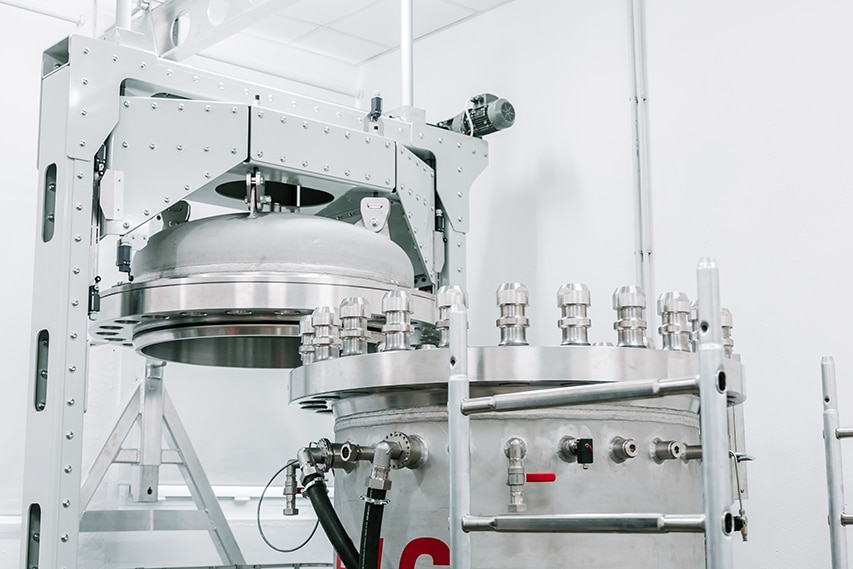
Divers with rebreathers have long since passed the 100-meter milestone and dive at depths to which the devices have never been tested. While the behavior of the device can be estimated from testing at shallower depths, there are several non-linear dependencies, and until its performance is actually measured, it will always be a guess. This is why Big Bertha was developed to measure and describe the behavior of a breathing apparatus at extreme depths, which was not possible before with previous equipment.
The second fundamental thing is accessibility. We have Bertha in-house, so we can test the devices we are developing as often and as long as we like. Although several laboratories can test rebreathers within a hundred or even two hundred meters, such testing is always somewhat lengthy.
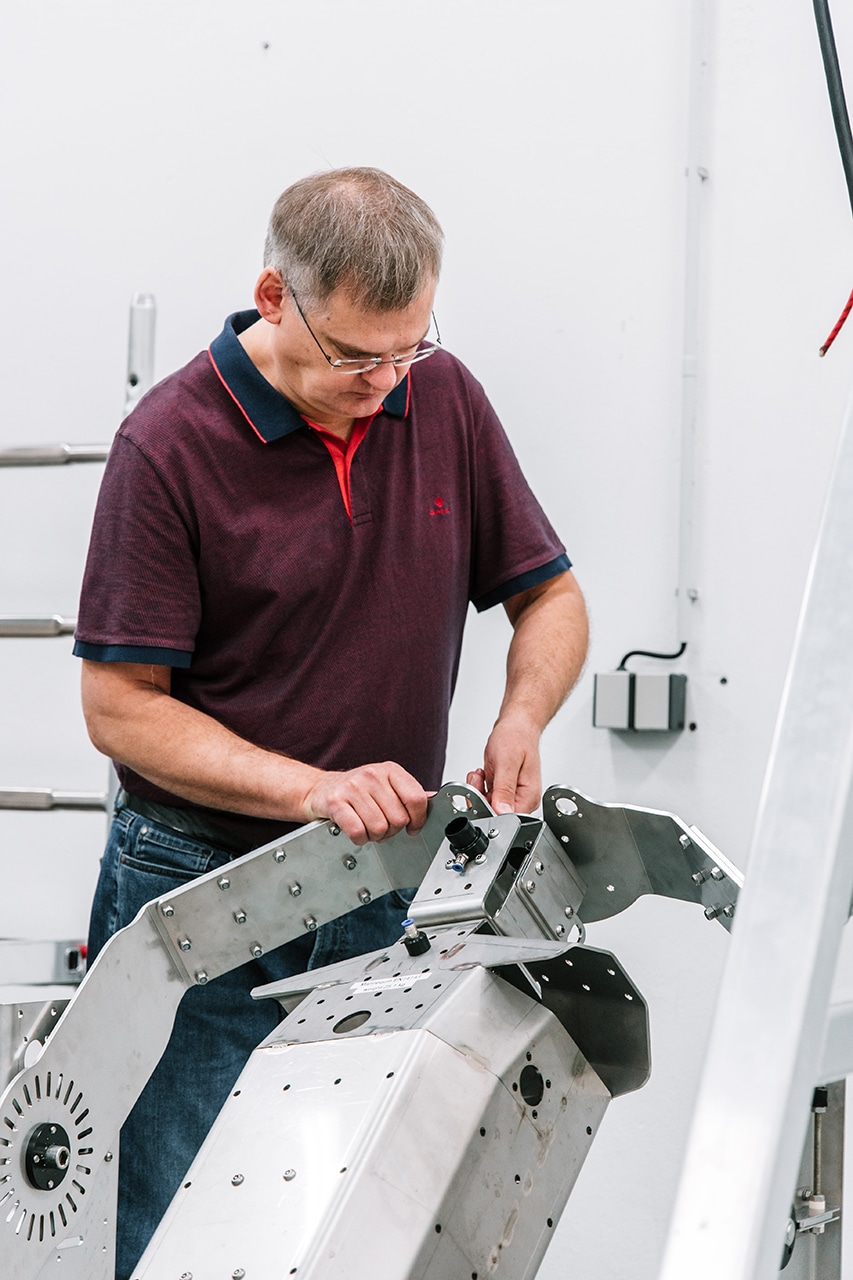
The test facility built around Bertha is for research and development and is therefore constantly being improved to be able to test even newly developed rebreather features. The development will never be finished because there are many new ideas and we need to be capable of testing them all safely.
Other improvements are being made to facilitate testing, for example, we are now completing the installation of a handling device that will allow the chamber to be opened and closed fully automatically. That is not an easy thing to do because the pressure vessel lid weighs 600 kilograms. Until now, we have been handling it with a crane, which has taken many minutes.
If your readers have any questions about Big Bertha, feel free to ask them on our Facebook or Instagram!
If you are curious what the Divesoft CCR Liberty rebreather is, you can find out more about it in the text in the 19th issue the DIVERS24 quarterly magazine! Digital version of the magazine is available free of charge, while the printed version you can buy in our online shop.






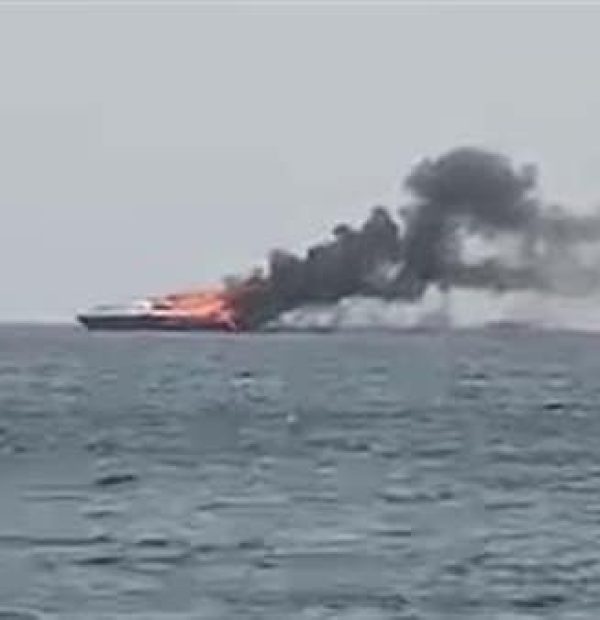
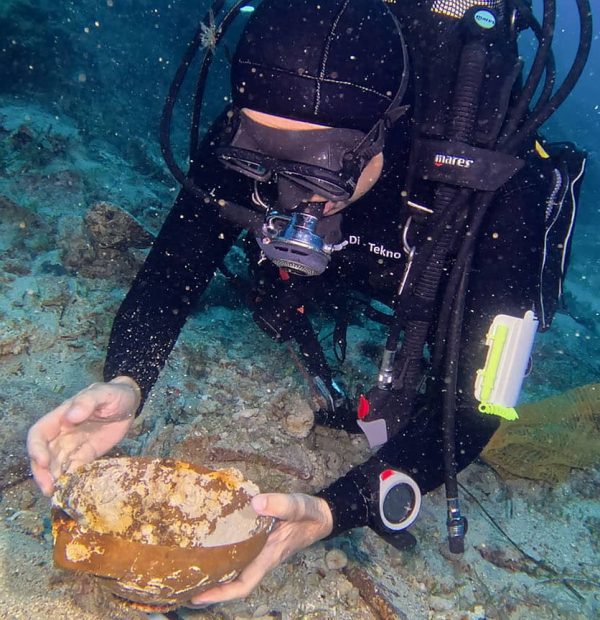
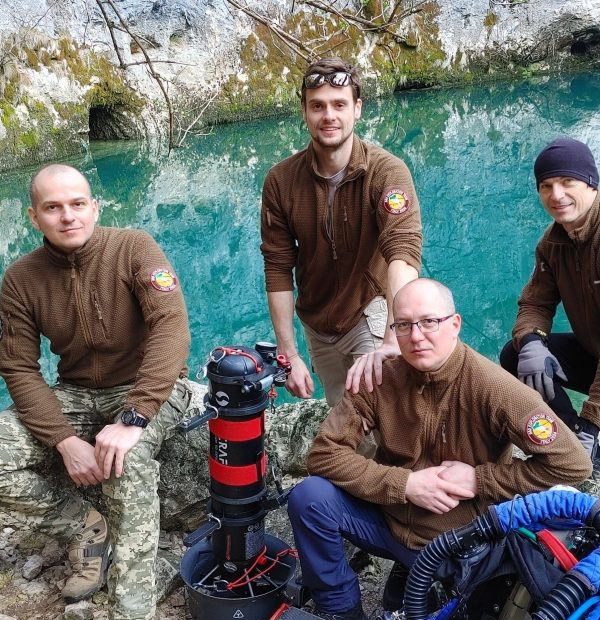

Welcome to DIVERS24.COM, your daily source of scuba news, freediving, scuba diving information, and equipment reviews. Our comprehensive coverage of the dive industry from A to Z provides you with all the latest scuba news, training updates, underwater photography tips, and everything else related to scuba diving. Whether you’re a beginner or an experienced diver looking for more knowledge about scuba gear or techniques – we’ve got it covered! With our in-depth articles written by experienced divers who have been there and done that, you are sure to find exactly what you need here at Divers24.com. Dive into scuba news today!
Underwater Media Sp. z o.o.
Szafarnia 11/F8,
80-755 Gdansk, Poland
Welcome to DIVERS24.COM, your daily source of scuba news, freediving, and scuba diving information. Sign in for a weekly news update and discount coupons for dive gear and apparel.
@2023 - underwatermedia.pl. All Right Reserved. Designed and Developed by Tworzenie stron internetowych Gdansk

The Divers24 portal is currently the largest online medium treating diving in Poland. Since 2010 we have been providing interesting and important information from Poland and around the world on all forms of diving and related activities.
Contact us: info@divers24.com